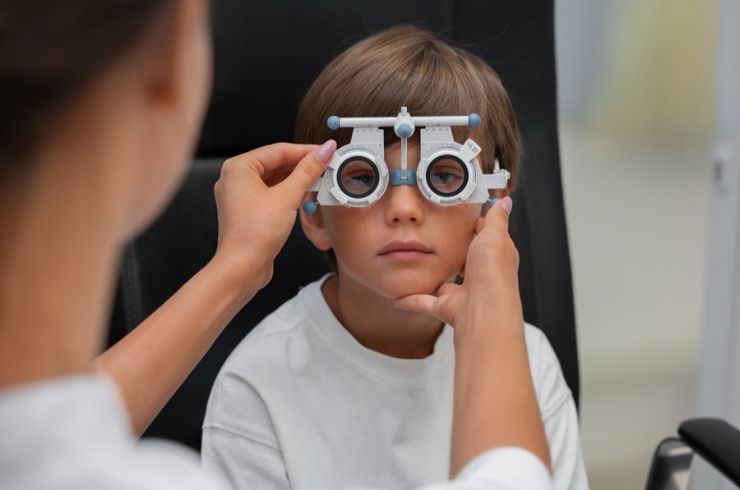
Children may face unique eye issues that require early diagnosis and gentle, specialized care to ensure healthy visual development and prevent long-term vision loss.
With early care and a gentle approach, pediatric eye problems can be effectively treated to ensure strong and healthy vision for life.